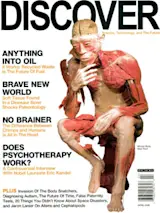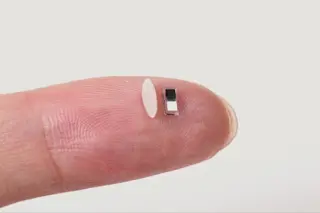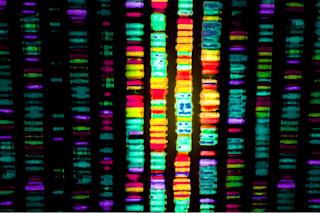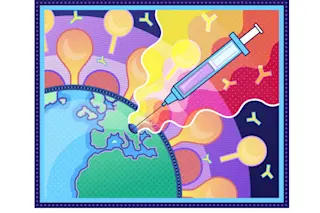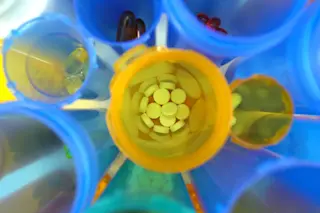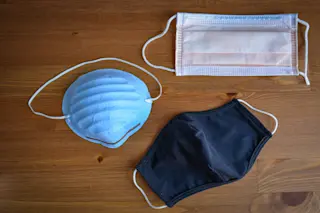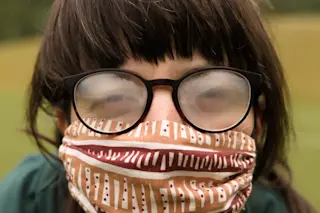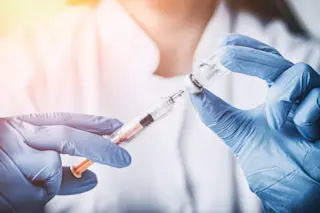The start of any new gene therapy trial is an exciting and nervous time. But for the participants and doctors involved in the recently launched trial for Duchenne Muscular Dystrophy (DMD) at Columbus Children's Hospital in Ohio, the long, hard road it took to get there makes it especially momentous.
Researchers discovered the gene for DMD 20 years ago but since it is one of the largest genes known, it was too big to work with. In 2000, geneticist Xiao Xiao found a way to miniaturize the gene. His team at the University of Pittsburgh then tested the mini gene in a strain of mice with muscular dystrophy. The improvement seen in the muscle tissue of the mice was dramatic, and led to the human trial that just began.
DMD patients lack the gene that controls production of a protein called dystrophin, which helps keep muscle cells intact. Patients with ...


